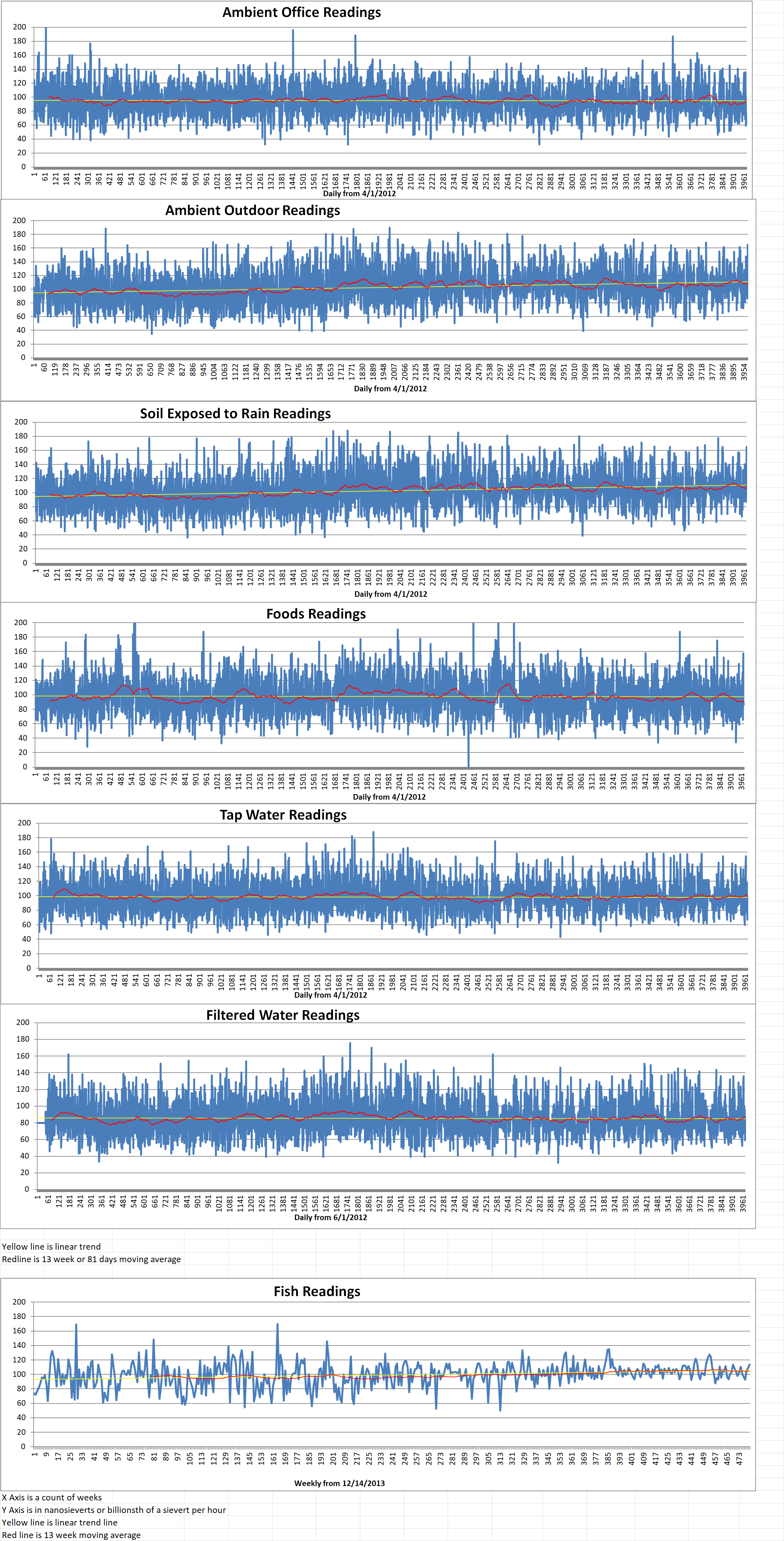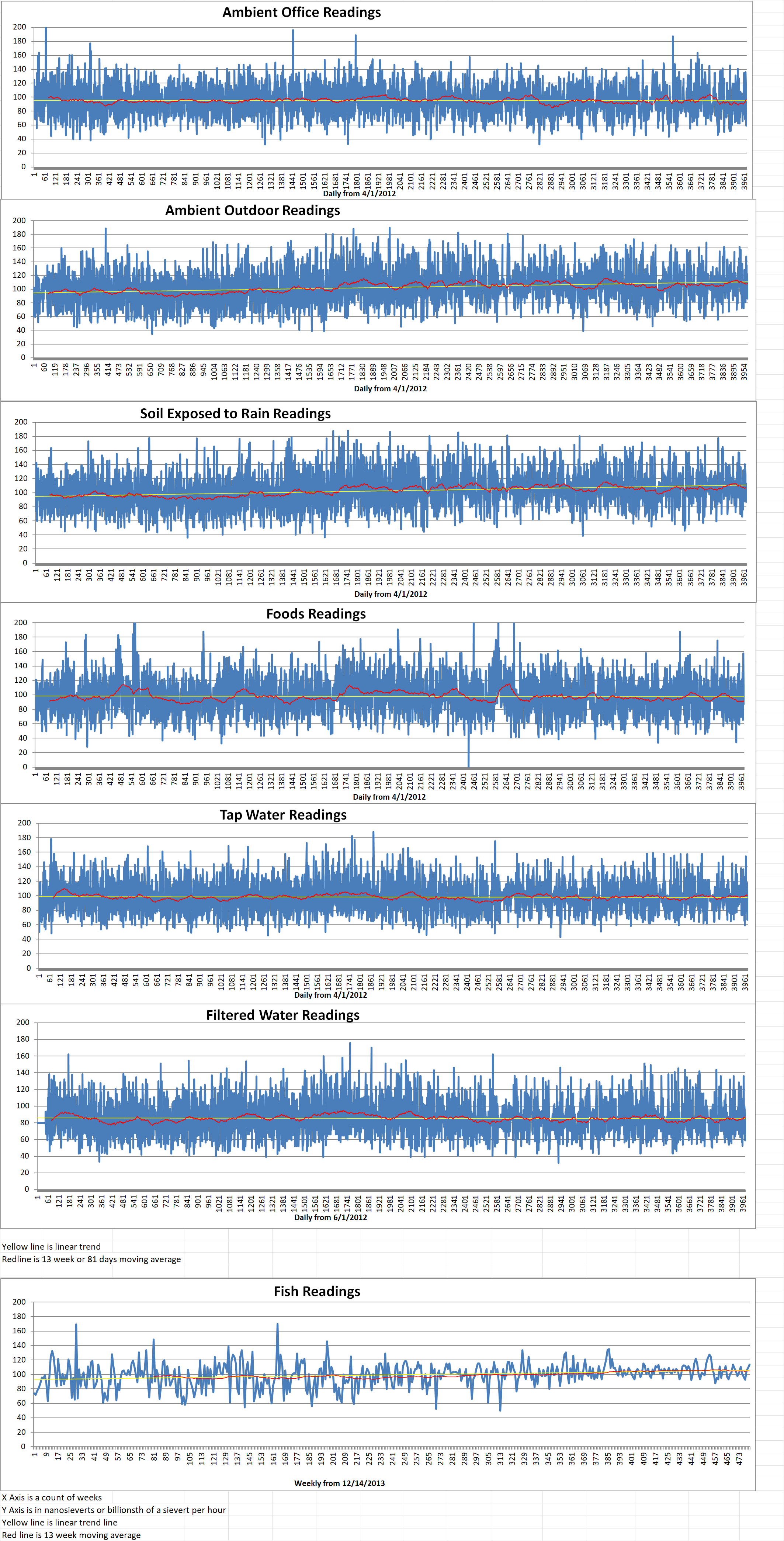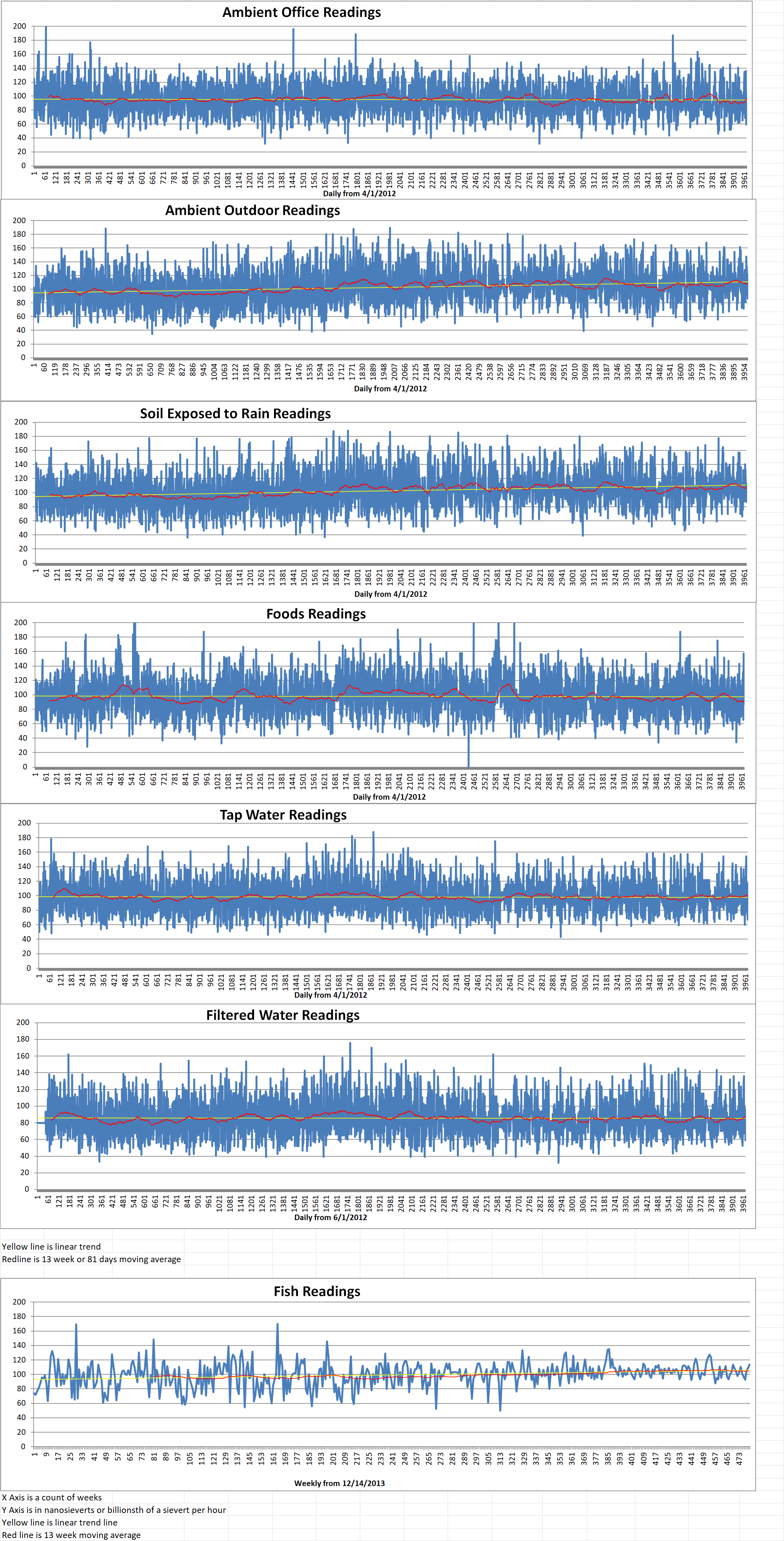Part 3 of 3 Parts (Please read Parts 1 and 2 first)
Nuward is trying to involve different countries both in the design, the joint early review, and also in international advisory boards. Several countries are well aware of what Nuward is currently designing and what Nuward reactors can do. They know very well that Nuward systems can co-generate power and heat so that they can supply some industrial needs while also producing electricity. It will help to have early clients that have an interest in the Nuward technologies before the first Nuward reactor is online. There is not sufficient time to wait for the operational dates of the first Nuward reactor to discuss new projects with clients. There is also the question of if and how Nuward will be used in France. Nuward would love to have a series of Nuward reactors in France as a complementary way of decarbonization besides the big nuclear power plants. However, it has not yet been decided at any level of French government and/or industry. It would be good for the project, for the climate, and demonstrate that Nuward believes strongly in this technology for the country.
Nuward is becoming “the” European SMR. First because Nuward has an increasing number of partnerships with different companies outside of France, especially in Europe. This is because the first Nuward market will be Europe and Nuward has a better understanding of regulations and laws currently in place in Europe. Nuward is also in a race to hire people and have talents helping to develop the project. So, Nuward relies on the European labor market to do that, not only the French labor market. It is important to become a leading European SMR, built in Europe with various European nations and companies involved.
The question of how the nuclear energy sector will look in 2060 is difficult to answer. There needs to be many experts recruited so that nuclear power can play the right role in the decarbonizing trajectory. The World Energy Outlook is projecting eight hundred and twenty gigawatts of nuclear power necessary in the net-zero scenario and Nuward believes that this is certainly achievable in terms of investments. However, it will be very difficult to achieve with no change in nuclear regulation, no change in harmonization of safety rules. By 2060, there will probably be a large variety of technologies on the market. There will be a mixture of both Generation III and Generation IV technologies . There is a long-term solution to utilize spent nuclear fuel from the Generation III reactors as a fuel in the Generation IV reactors. That would be very good news with respect to the accumulation of spent nuclear fuel waste piling up at the big reactor sites. Nuward hopes to be able to contribute in a major way to fighting climate change with decarbonization. The main challenge is about skills and the number of competencies necessary to deliver all these projects. Nuward will have to be able to attract many people from other sectors, including hiring large numbers of young people. It will be a new era for nuclear power.
Blog
-

Nuclear Reactors 1225 – EDF Has Created A Subsidiary Named Nuward To Accelerate The Production And Deployment Of The EDF Nuward Small Modular Reactors – Part 3 of 3 Parts
-

Geiger Readings for May 19, 2023
Ambient office = 61 nanosieverts per hour
Ambient outside = 165 nanosieverts per hour
Soil exposed to rain water = 165 nanosieverts per hour
Avocado from Central Market = 86 nanosieverts per hour
Tap water = 98 nanosieverts per hour
Filter water = 87 nanosieverts per hour
-
Nuclear News Roundup May 19, 2023
Israeli Ministers Head to U.S. as Iran Nuclear Program Advances Haaretz.com
Russia to move newest nuclear sub to Pacific in August Aljazeera.com
Ukrainian nuclear plant is “extremely vulnerable,” U.N. official warns, after 7th power outage of war cbsnews.com
Five Countries Join IAEA’s Radiation Monitoring System iaea.org
-

EDF Has Created A Subsidiary Named Nuward To Accelerate The Production And Deployment Of The EDF Nuward Small Modular Reactors – Part 2 of 3 Parts
Part 2 of 3 Parts (Please read Part 1 first)
The next step is that the nuclear regulators begin to consider how they converge towards a common specification or common expectation. For the time being, it is probably better to talk about equivalences rather than harmonization which is a difficult task. One regulator could say, “OK, I accept the way that you have licensed this part of the design or this part of the safety case and it is not the way I would have done it, but I accept that it is relevant so I can base my assessment on that”. Hopefully, this process will evolve towards harmonization.
The first expectation in this process is that Nuward gathers some significant assessments in order to be sure that their design is more international and more ready to be exported in various nations. This is the first benefit that Nuward can expect for this joint early review. The core benefit is also that it is a win-win with benefits for regulators because they can begin to understand more deeply what is in the Nuward design and if they are going to be able to license it in the future.
Nuward believes that equivalence in regulations is possible in the next ten years. However, sovereignty or autonomy of the various national regulators with respect to how they will want to license, will remain. Nuward believes much more in equivalence than in harmonization even if they are already organized between countries on big principles such as the International Atomic Energy Agency principles.
The nuclear industry has different clients for big plants versus SMRs. Nuward sees itself more of a complement than a competitor to the big conventional reactor PWR manufacturers. Nuward draws a distinction between the third generation SMRs that are going to be ready around 2030 and the advanced modular reactors (AMRs), based on Generation IV technologies, which all face some serious technical challenges yet to be solved. Nuward is convinced that, considering the large amount of money and large number of AMR projects currently ongoing, technical challenges will eventually be solved. However, in terms of plant licensing and fuel-cycle licensing, AMRs will need more time to get to market. Big nuclear power plants, SMRs and AMRs are complementary solutions that could extend the possibilities of using nuclear power in the energy transition towards carbon neutrality.
Some analysts say that the SMR market will be more commercially focused, but others debate that. Energy is always tied to matters of sovereignty, economic security, or geopolitical links between nations. There will still be issues of public debates, of siting, of licensing, of how SMRs will be integrated in the landscape or neighborhoods. Nuclear power is always a matter of national politics, local acceptability and discussion with the public. SMRs won’t really change that. Obviously, that will be a challenge for large deployment of SMRs. SMR vendors will need to have a long pipeline of projects to be competitive. The challenge of the two or three decades ahead is to find a way to respect all of that including the acceptability issue, the debate with population, licensing, siting, etc. Deploying those technologies will be a big part of the fight against climate change.
Please read Part 3 next -
Nuclear News Roundup May 18, 2023
Ontario urged to ‘seize the moment’ for new nuclear world-nuclear-news.org
Director General Grossi Highlights China as Indispensable IAEA Partner iaea.org
Nuclear power won’t help Maine reach its clean-energy goals pressherald.com
ISOLDE takes a solid tick forward towards a nuclear clock home.cern
-

Geiger Readings for May 18, 2023
Ambient office = 69 nanosieverts per hour
Ambient outside = 108 nanosieverts per hour
Soil exposed to rain water = 108 nanosieverts per hour
Tomato from Central Market = 90 nanosieverts per hour
Tap water = 78 nanosieverts per hour
Filter water = 59 nanosieverts per hour
-

Nuclear Reactors 1223 – EDF Has Created A Subsidiary Named Nuward To Accelerate The Production And Deployment Of The EDF Nuward Small Modular Reactors – Part 1 of 3 Parts
Part 1 of 3 Parts
Renaud Crassous is the President and CEO of Nuward. Nuward is a wholly-owned subsidiary of EDF, the French state-owned nuclear manufacturer and exporter. Nuward was created to drive the development of EDF’s Nuward small modular reactor (SMR). Nuward aims to be “Europe’s SMR.” SMRs are pressurized water reactors that produce less than three hundred megawatts of power. They will be constructed in factories in order to take advantage of quality control and economies of scale. They are advertised as being safer and cheaper than conventional PWRs. However, they are based on new technologies that still have technical problems awaiting solutions. Crassous recently spoke about the prospects for SMRs and new nuclear.
Nuward is a three hundred and forty megawatt plant based on third generation reactor technology. The plant is constructed with two one hundred and seventy megawatt Nuward reactors. They are fully integrated pressurized water reactors (PWR). Crassous believes that the Nuward plant is complementary to the big nuclear power plants. He said that Nuward is triggering interest among not only utilities that have previously expressed interest in nuclear power but also among clients who have never been interested in nuclear power before. It is broadening the scope of civil nuclear power in the global energy transition to low carbon energy sources.
The reason that EDF created the Nuward subsidiary company was to combine the agility of a small company dedicated to Nuward’s development of the Nuward reactor technology. EDF has gathered on this project all the big companies that have deep skills and great expertise on various PWR reactors. EDF is trying to combine those two things, agility and autonomy. They also want to keep very close contact and tight cooperation with all these big actors in the nuclear sector. A main objective is speed because clients all expect rapid delivery of SMRs. EDF has competitors that are racing against climate change, many of which share EDF’s target of 2030 for net-zero. In order to reach that target, Nuward will have to go much faster than EDF has in the past in the delivery of new reactors. This new company is fully focused on the fact they need to deliver this product very quickly.
The Nuward project was launched in 2019 and the timeline has been to focus on 2030 because this is the best compromise between the expectation of the potential market and Nuward’s ability to grow quickly to deliver this new product to that market.
The nuclear industry needs to develop some common rules and common principles so that the work required to adapt a design between countries can be reduced. Nuward decided to move in that direction with the help of the French nuclear regulatory agency which has the lead on this. The regulators from France, Czech Republic and Finland have discussed the Nuward design. This is very important but only a first step. The regulators share information, they share how they converge or diverge about one or two specifications on the safety case, etc.
Please read Part 2 next -
Nuclear News Roundup May 17, 2023
Iran’s nuclear chief says Tehran to cooperate with inspectors on ‘new activities’ yourvalley.net
Court rejects case opposing restart of Miyagi Prefecture nuclear plant japantimes.com
BWRX-300 meets Polish safety requirements, says regulator world-nuclear-news.org
Over half of the contaminated water leaked at nuclear plant recovered ktvz.com
-

Geiger Readings for May 17, 2023
Ambient office = 72 nanosieverts per hour
Ambient outside = 115 nanosieverts per hour
Soil exposed to rain water = 113 nanosieverts per hour
Red bell pepper from Central Market = 87 nanosieverts per hour
Tap water = 67 nanosieverts per hour
Filter water = 59 nanosieverts per hour
-

Nuclear Reactors 1222 – Turkey Moves Ahead With Its Nuclear Power Program – Part 2 of 2 Parts
Part 2 of 2 Parts (Please read Part 1 first)
A ceremony dedicated to the delivery of the first batch of nuclear fuel to the first NPP in Turkey was held at the construction site on April 27th. This was a historic event that marked the entry of the Republic of Turkey into the community of nations developing nuclear generation technologies on their territory.
Recep Erdoğan is the President of the Republic of Turkey. He took part in the ceremony and was joined by Vladimir Putin, the President of the Russian Federation, via videoconferencing. Rafael Grossi, director general of the International Atomic Energy Agency, Fatih Dönmez, Minister of Energy and Natural Resources of Turkey, Alexei Likhachev, director general of Rosatom, Anastasia Zoteeva, CEO of JSC Akkuyu Nuclear, and many other official guests attended the ceremony.
The Akkuyu NPP is the first project in the global nuclear industry being implemented in accord with the Build-Own-Operate model.
Regarding the supply chain, Turkey is monitoring the example of the United Arab Emirates (UAE) which is in the process of deploying four Korean-designed APR1400 reactors at the Barakah site. Three of these four units are now online. More than two thousand UAE companies have secured contracts that total more than four billion eight hundred million dollars for a range of products and services to support Bakarah. The percentage of local products is rising. Ducab is a UAE cable manufacturing company which provided electrical cables to the Barakah NPP. It has even exported its products back to the Korean market.
Targeting its 2053 zero carbon goal, Turkey will continue to increase its nuclear capacity. Negotiations continue for the second Turkish NPP which is planned to be located in the country’s north. The Turkish government is in contact with Russia, South Korean and U.S.-based nuclear vendors with respect to the project. For the third Turkish NPP, conversations with South Korea and China have taken place. The Turkish government is also looking at SMR technologies which could be a game-changing technology for Turkey’s energy market. In addition, Turkey is considering Generation IV reactors based on indigenous thorium resources.
Turkish companies have sufficient knowledge, ability and experience in manufacturing and construction sectors. NIATR believes that Turkey’s industrialists can take important roles in the equipment supply chain for NPPs not only in Turkey but also in the whole region. Many neighboring countries including Bulgaria, Romania, Egypt, Jordan, the United Arab Emirates and Saudi Arabia are either starting or expanding on their nuclear power programs.
NIATR along with Ankara Chamber of Industry and with Ministry of Energy and Natural Resources support and the Association of Organizations of the Construction Complex of the Nuclear Industry are organizing Nuclear Power Plants V Expo and IX Summit (NPPES) to be held on 21-22 June in Istanbul. It will welcome leading companies in the International nuclear market, industrial associations and government bodies. International nuclear industry players will meet with Turkish industrialists in at the Expo to negotiate opportunities for nuclear energy investments. The summit will include special sessions for Akkuyu NPP’s suppliers and practical business-to-business meetings traditionally attended by hundreds of Turkish people in business. Tender opportunities for construction materials will also be announced at the NPPES for local and global industrialists.
Akkuyu and other NPP projects should be considered not only power plants to meet electricity needs but also a tool to raise the technological level of Turkish industry in the international arena.
